PROJECT: PLAYTIME
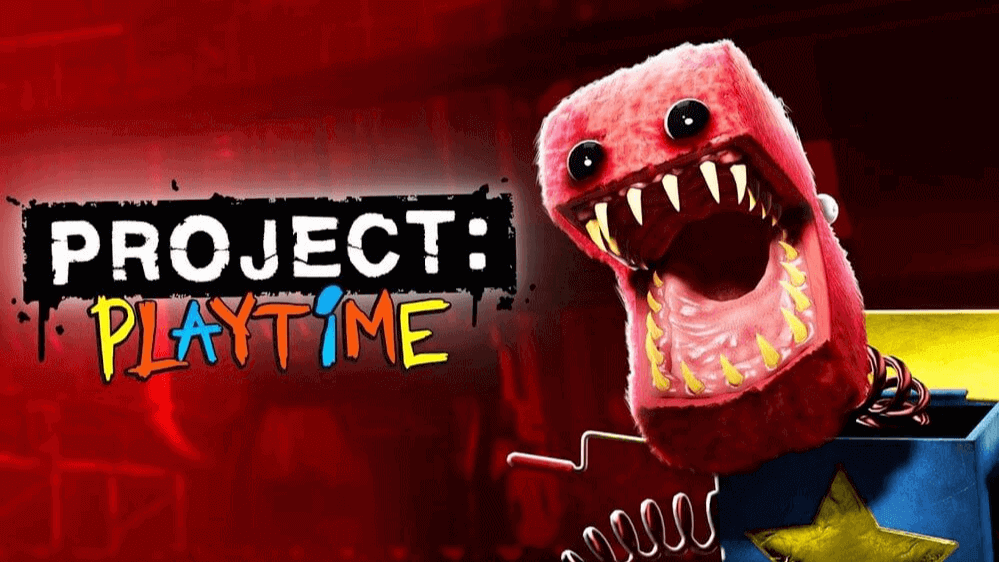
PROJECT: PLAYTIME - Dead by Daylight: shift passed. PROJECT: PLAYTIME: shift accepted
About once a year games are released, usually conditionally free, which explode the Internet, captivate immature minds, and become a new trend. The fate of such highfliers is always unclear, no matter how successful the launch is. For example, when it came out in 2018, Among Us received recognition only two years later, basked in the glory for another year, but then fell into oblivion. The opposite example is Fortnite: released in 2017, was the wildest stuffiness, but only two years ahead of the genre's progenitor and to this day sits on the throne of battle royalty. Even the scandal surrounding veiled financial manipulation of children and the in-game espionage that has surfaced has failed to bury Fortnite...
...PROJECT: PLAYTIME - it's a case of "take it or leave it", but this time about the fading genre of isometric multiplayer battles copied from the competitor.
Evil Toy Story
Success in creative endeavors always comes out of the blue, especially for the creator. Before creating Five Nights at Freddy's, Scott Cawthon was a regular game designer with a spark in his eye. After years of work, Scott's success could hardly be called variable. Attempts to promote his games on Steam Greenlight were unsuccessful. In 2007 there were about a dozen projects in Cawthon's portfolio, but only a couple were passed, the rest were destroyed by critics with devastating reviews. The critics were mostly indignant because of the clumsy animation of the characters, as if they were not animate beings, but animatronics.
Cawthon's subconscious took the criticism literally. In a dream, a creepy, supposedly toy rabbit came to the developer. It stood in the doorway and watched the dreamer with its blank, glazed gaze. Waking up in a cold sweat, Cawthon could no longer sleep that night. Images of animated, vicious toys had already been born in his mind, but had not yet become tangible. Inspired by a primal feeling, Scott Cawthon embarked on Five Nights at Freddy's without fear of stale critics. Animated toys have to move unnaturally, it makes sense, so the animations are no longer to be trifled with.
Scott Cawthon never thought that after a series of disappointments his game would achieve cult status: 11 parts and 17 books! But what does Five Nights at Freddy's have to do with PROJECT: PLAYTIME? Because PROJECT: PLAYTIME is the successor of FNaF, but this time the stakes are higher. If Five Nights at Freddy's was an experiment, then the multiplayer PROJECT: PLAYTIME and Poppy Playtime storyline is a new twist on the evil toy setting.
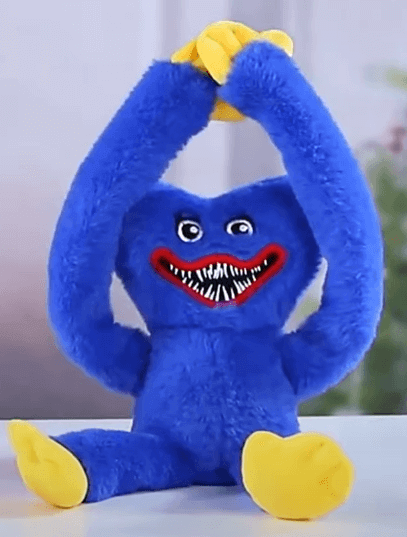
If Five Nights at Freddy's has remained a screen-screamer simulator over the years, then PLAYTIME has grown into a trend among zoomers. Thousands of toys, documentaries, hundreds of videos with millions of views are just the tip of the iceberg. That said, PLAYTIME has not only the concept, but also the lore of the universe. The secondary nature of the idea was not a stumbling block, Satan's toys that came to life still stirred minds.
For those who don't need multiplayer in their games, there is exclusively single-player PLAYTIME - Poppy Playtime. In single-player Playtime, the emphasis is on staging and corridor gameplay. Poppy Playtime is released in seasons, as it once was with The Walking Dead. Each season focuses on one of the antagonists. In the first season, for example, the player has to meet the face of the game, Huggy Wuggy, on the grounds of a toy factory.
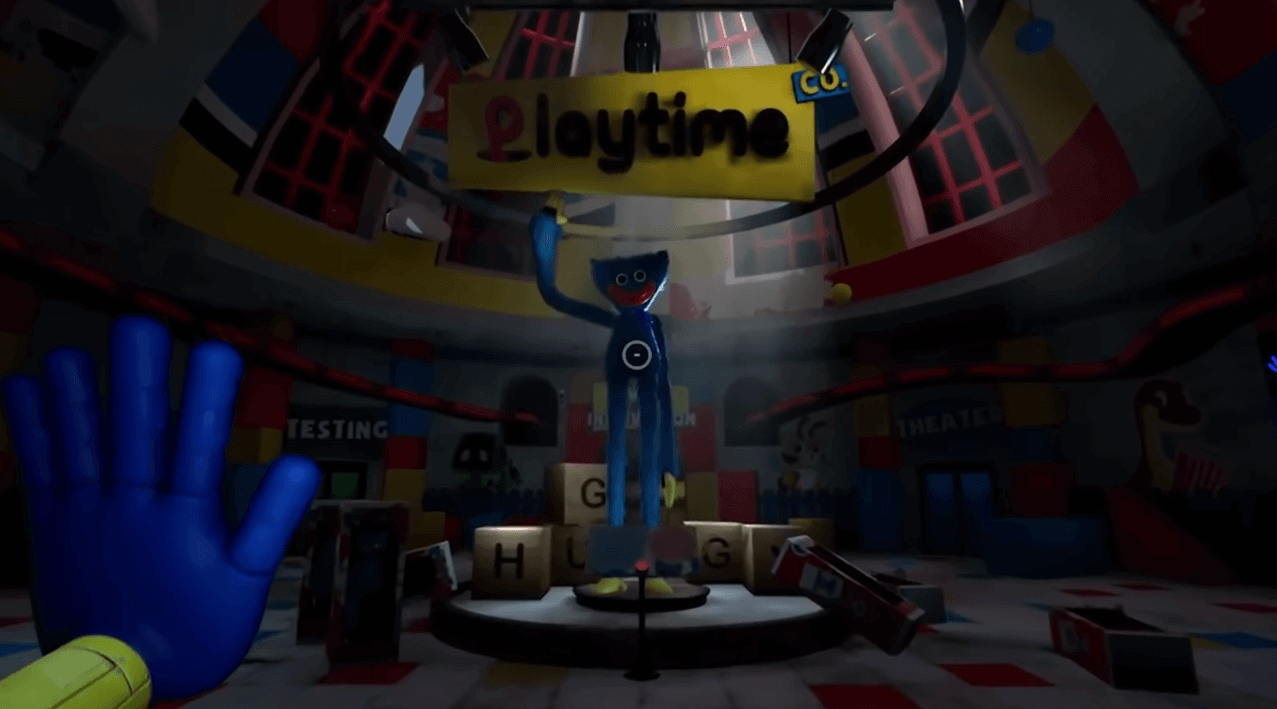
In PROJECT: PLAYTIME, Huggy-Wuggy is a playable character. Strict division into single-player and multiplayer is borrowed from Call of Duty: in single-player the player gets a performance, in multiplayer...
Dead by Daylight - Ver. 2.0?..
The genre of asymmetric multiplayer action games is going through bad times. Dead by Daylight was one of the first games with a new gameplay formula: a group of players appears on the map. One of the players plays the role of the Hunter, and the rest must complete a number of tasks within the allotted time and escape. The Hunter is often much stronger than the survivors, but can only rely on himself. The survivors win because of their cohesion. Theoretically the formula is interesting, but there is a nuance: it is almost impossible to properly balance the game with asymmetrical gameplay, every time after the patch the Hunters and Survivors are stronger. Dead by Daylight suffered the same fate, over time, players learned how to play, abused bugs. But the gameplay formula has not been forgotten...
...PROJECT: PLAYTIME is the same Dead by Daylight, but in the Five Nights at Freddy's stylistic wrapper. Same asymmetrical gameplay, but instead of maniacs - soft toys.
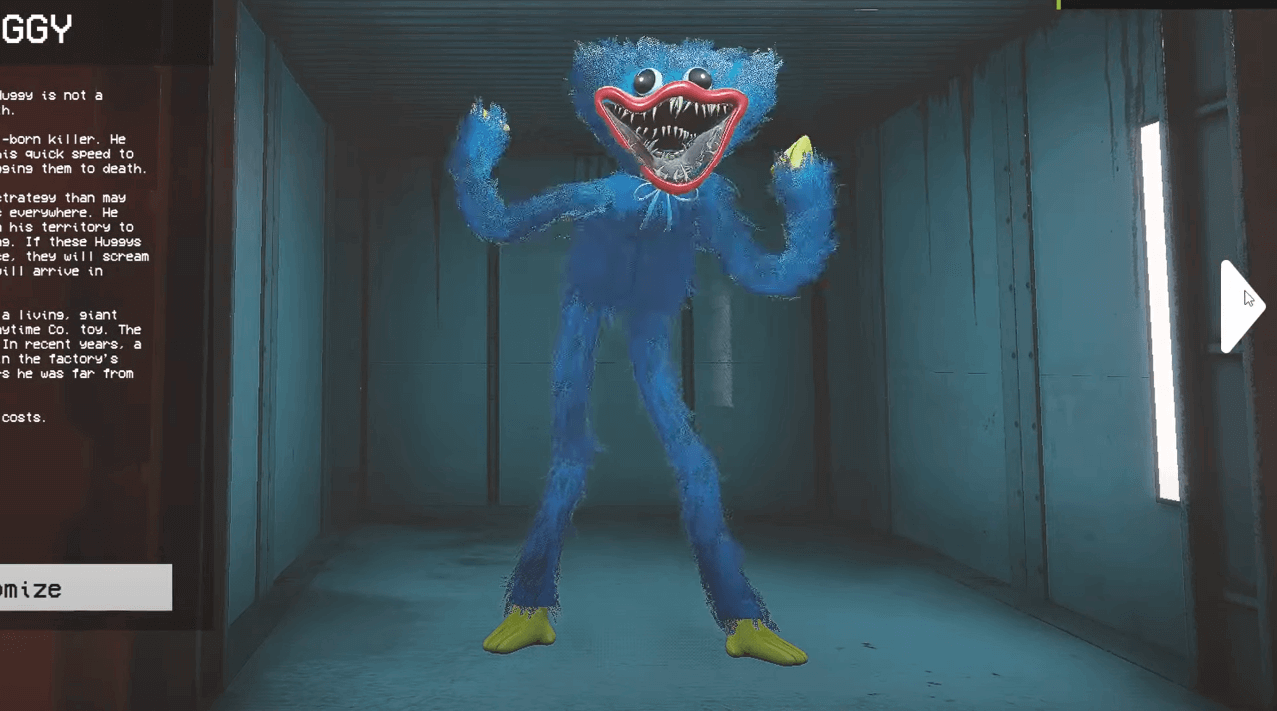
The tasks set before the players are primitive - to pass three mini-games, get for them one piece of soft toy and take it to a certain area, resembling a garbage chute. To win you need to collect six parts, combine them, call a train and leave. That is, according to the author's idea, each player must go through a mini-game, act in concert with the team, if possible not to get in the eyes of the monster.
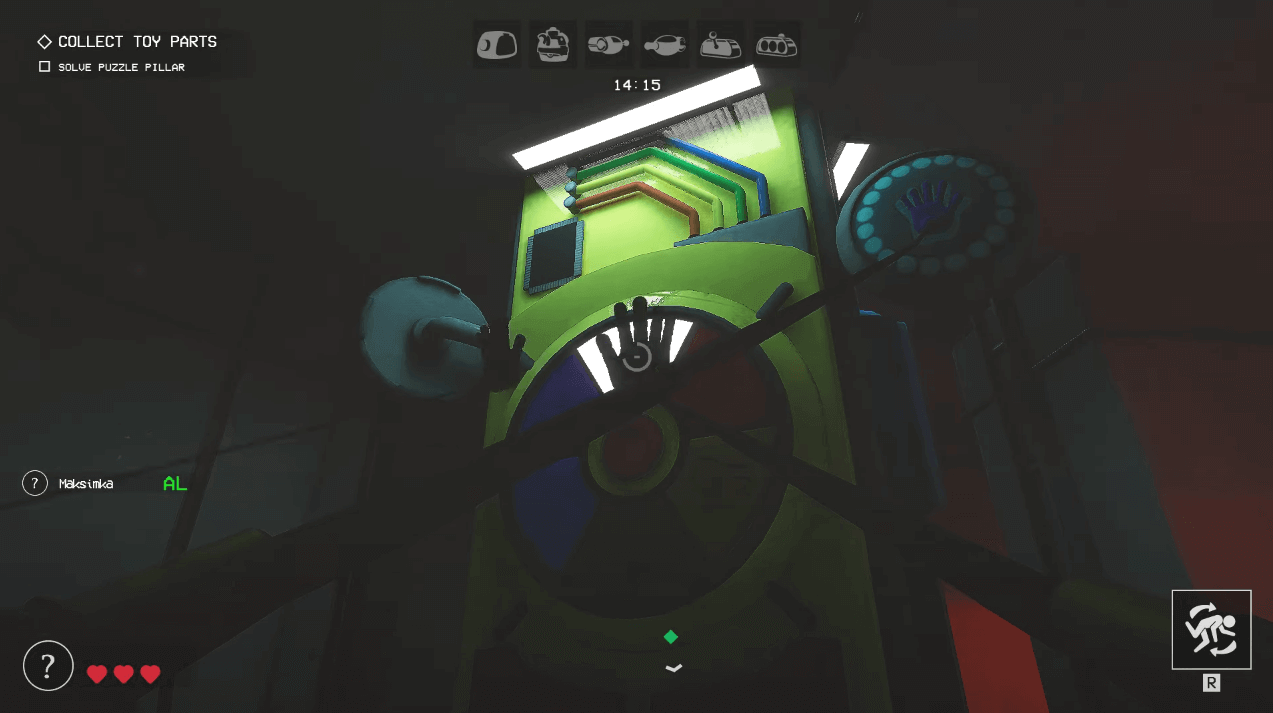
The monster, on the other hand, sees activity points through walls and players' tracks on the ground if they are running rather than walking. See the three red hearts in the screenshot above in the bottom left corner? Exactly how many can a player get in front of a monster, go to the analog of purgatory, from which he can not get out by himself, only with the help of teammates. Maps are full of places to hide from the monster, such as a closet:
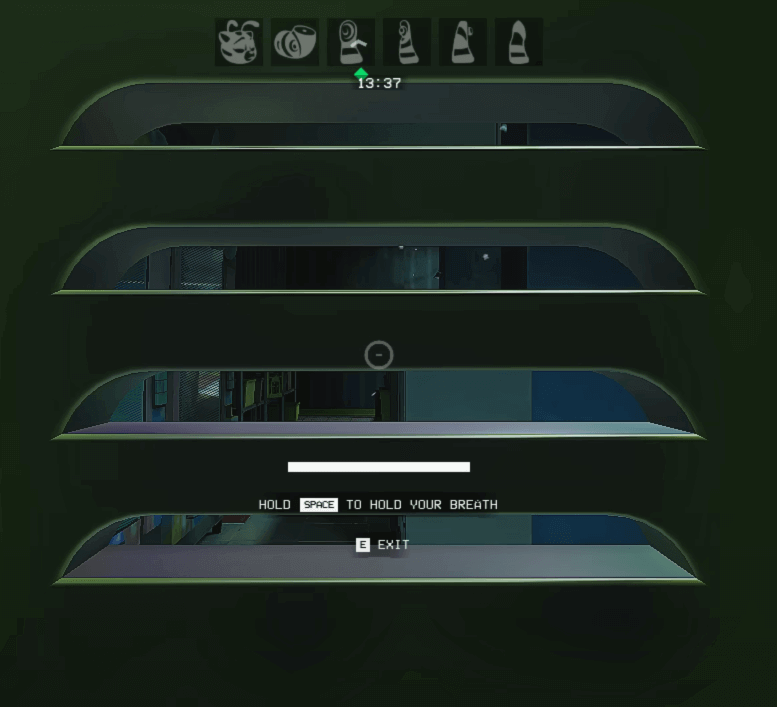
All this creates a semblance of a game of tag with a sauce of horror. However, after a week of play, the first impression grows into a working out of the style of play, knowledge of the mechanics, and winning a round begins to play a big role. PROJECT: PLAYTIME depends too much on the skill, so if you meet an experienced player, the probability of one-way play increases a lot. As in Dead by Daylight, both Hunters and Survivors have perks: Survivors have all sorts of "+20% running speed" and "+1 to health", Hunters have all sorts of tricks and sabotage activities.

It is an unusual experience, but not until someone much more experienced than the others comes into the game. The difference in experience is fraught with either spoiled play or unplanned "cybersports".
Is it worth it?
PROJECT: PLAYTIME is free, so you can touch the game without loss. Alas, free games beckon to you-know-what audience, so touching PROJECT: PLAYTIME is better in the company of friends. The question of "playing on a permanent basis" remains open. Yes, and whether it is necessary to play at all...?
